Rail Shapes: A Comprehensive Guide by Railinno
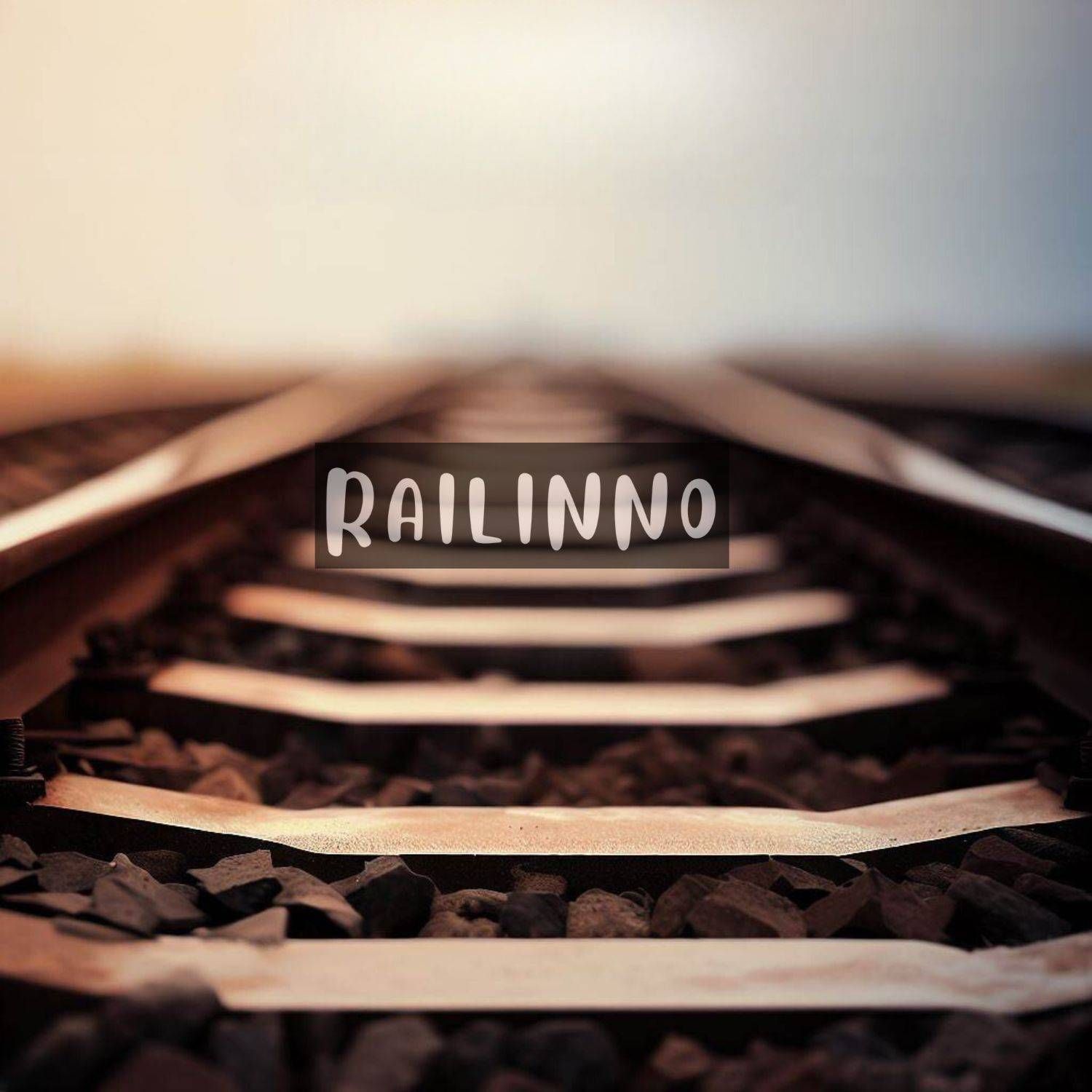
Rail shapes are a vital part of the infrastructure of modern society. They are used in a wide range of industries, from transportation to construction, and come in many different shapes, sizes, and materials. In this article, we will explore some of the most common rail shapes, where they are used, and the materials they are made from.
Table of Contents
Introduction
Importance of rail shapes in industries and transportation • Overview of the different types of rails and their uses.
Vignole Rails / Flat Bottomed Rails
Description of Vignole rails • Common shapes and sizes • Materials used for Vignole rails • Applications of Vignole rails • Examples of Vignole rails in different countries and industries.
Crane Rails
Description of Crane rails • Differences from Vignole rails • Common shapes and sizes • Materials used for Crane rails • Applications of Crane rails • Examples of Crane rails in different countries and industries.
Check Rails
Description of Check rails • Common shapes and sizes • Materials used for Check rails • Applications of Check rails • Examples of Check rails in different countries and industries.
Grooved Rails
Description of Grooved rails • Common shapes and sizes • Materials used for Grooved rails • Applications of Grooved rails • Examples of Grooved rails in different countries and industries.
Guard Rails
Description of Guard rails • Differences from Check rails • Common shapes and sizes • Materials used for Guard rails • Applications of Guard rails • Examples of Guard rails in different countries and industries.
Other Types of Rails
Description of less common rail shapes and sizes • Materials used for these rails • Applications of these rails • Examples of these rails in different countries and industries.
Conclusion
Recap of the importance of rail shapes and their various uses • Final thoughts and future developments in rail technology.
1. Vignole Rails / Flat Bottomed Rails
Vignole rails, also known as flat-bottomed rails, are the most common Rail shapes/type of railway rail used around the world. They are symmetrical vertically and have a flat base that allows them to sit on pads/sleepers. These rails are typically made from steel and come in a range of different shapes and sizes, depending on their intended use.
The most common types of vignole rails include the BS 113A railway rail and the UIC60 railway rail. The BS 113A railway rail is used in the UK and other countries, while the UIC60 railway rail is used in Europe and other parts of the world. Both of these rails are designed to withstand heavy loads and have a long service life.
2. Crane Rails
Crane rails are rails designed specifically for use in industrial crane tracks. They are typically made from high-strength materials such as alloy steels, and are designed to provide high load-bearing capacity and durability. Crane rails are also designed to resist wear and deformation, which can occur due to repeated use by heavy industrial equipment.
Crane rails come in a variety of sizes and profiles, depending on the specific application. They are typically bolted directly to the rail ties or sleepers and are often coated with a special paint or coating to help protect them from the elements and prevent rust and corrosion.
Crane rails are flat-bottomed rails used to support very large axle loads from crane vehicles. These rails are typically much thicker and heavier than standard railway rails, with a much thicker web that provides added strength and support.
Crane rails are not usually grouped with railway rails because they are used in different applications. They are typically continuously supported, meaning that they do not sit on discrete pads/sleepers/ties. Instead, they are mounted directly onto the ground or other structures.
Some of the most common types of crane rails include the A65, A75, A100, A120, A150 profiles, as well as MRS87, crane rail 87, crane rail 89, and crane rail 125 profiles.
3. Check Rails
Check rails are a special Rail shapes/type of rail used to guide trains around sharp curves or to direct them along a specific route. Unlike normal flat-bottomed rails, check rails are not designed to be run on top of them. Instead, they run against the wheels of the train to provide additional steering forces.
Various rails can be used as check rails, including normal flat-bottomed rails in some circumstances. However, the most common check rail sections used today are the 33C1, U69, and UIC33, depending on the specification being used.
Check rails are typically used in areas where extra steering forces for the axles may be needed, such as very sharp curves or at switch and crossings. They essentially restrain the flat back of the wheel to direct it around sharp curves or to the correct route set at switches and crossings.
4. Grooved Rails
Grooved rails, also known as tramway rails, are used to provide flangeway clearance for railway vehicles such as trams. These rails have a deep and wide groove that allows the tram wheels to pass without fouling the road surface.
Grooved rails are typically made from steel and have a head, web, and foot like flat-bottomed rails. However, because of the groove, they also have an extra part called the keeper, which keeps the road away from the wheels.
Grooved rails are typically laid into road or grass-type areas, and only the head, groove, and top of the keeper are visible. The keeper sometimes serves a double function, not only restraining the road from obstructing the rail wheels but also providing a built-in check rail. However, some experts have expressed concern about using the keeper as a check rail, as its thickness is generally quite small, and the wear allowance is also small.
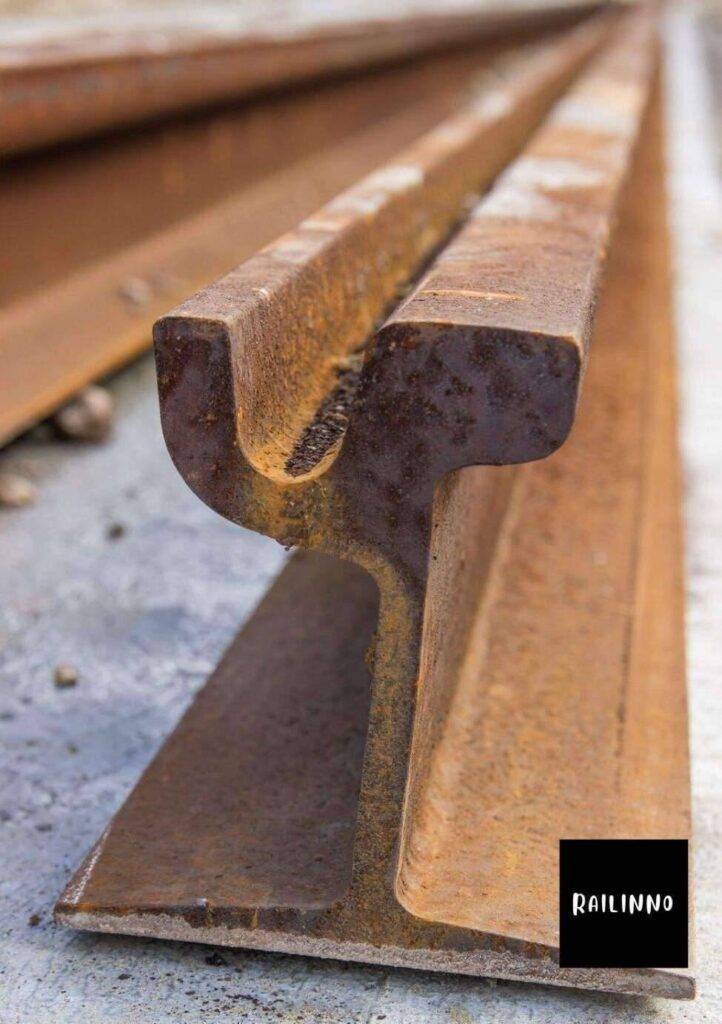
5. Girder Rails
Girder rails are used in certain specialized applications where the rails need to support very heavy loads. They are made up of a base, web, and head, but the web is much thicker than in other rails to provide additional strength. Girder rails are often used in dockyards or other industrial applications where heavy machinery is moved along them. These rails are typically much larger and heavier than standard railway rails. Some examples of girder rail profiles include A50, A65, A75, and A100.
6. Din rails
DIN rails are a standardized Rail shapes/type of rail used in electrical cabinets and enclosures. They are typically made of metal and have a top-hat shape, which allows electrical components to be mounted onto them. DIN rails come in several sizes and materials, such as aluminum, steel, or plastic. They are widely used in control panels and other electrical equipment, providing a simple and standardized method for mounting devices.
British Steel DIN rail
7. Tramway rails
Tramway rails, also known as streetcar rails, are similar to grooved rails, but they are designed for use in urban environments where trams run on roads or other paved surfaces. Tramway rails are often smaller and lighter than railway rails, and they are usually laid closer together. They also have a shallower groove than grooved rails, as they do not need to provide as much clearance for the tram’s wheels.
Tramway rails are used in urban areas where trams share the road with other vehicles. They are typically lighter and have a smaller profile than railway rails, as they do not need to support the weight of heavy freight trains. Tramway rails are also sometimes used for light rail systems and heritage railways. Figure of the tramway rail profile, showing the smaller size and simpler shape compared to other rail types.
British Steel tramway rail from the 1950s. T60 profile
8. Mine rails
Mine rails are used in underground mining operations to transport materials and equipment. These rails are typically smaller and lighter than standard railway rails, as they are used in narrow tunnels where space is limited. Mine rails may also have a different profile or shape, depending on the specific needs of the mining operation.
British Steel mine rail. 30lb ASCE profile
9. Cableway rails
Cableway rails are used to support aerial tramways, ski lifts, and other cable-driven transportation systems. These rails are typically very large and heavy, as they need to support the weight of the cable and the cars. Cableway rails are usually made of steel or other strong materials, and they are designed to withstand the forces exerted by the cable and the cars.
British Steel cableway rail. 60E1 profile
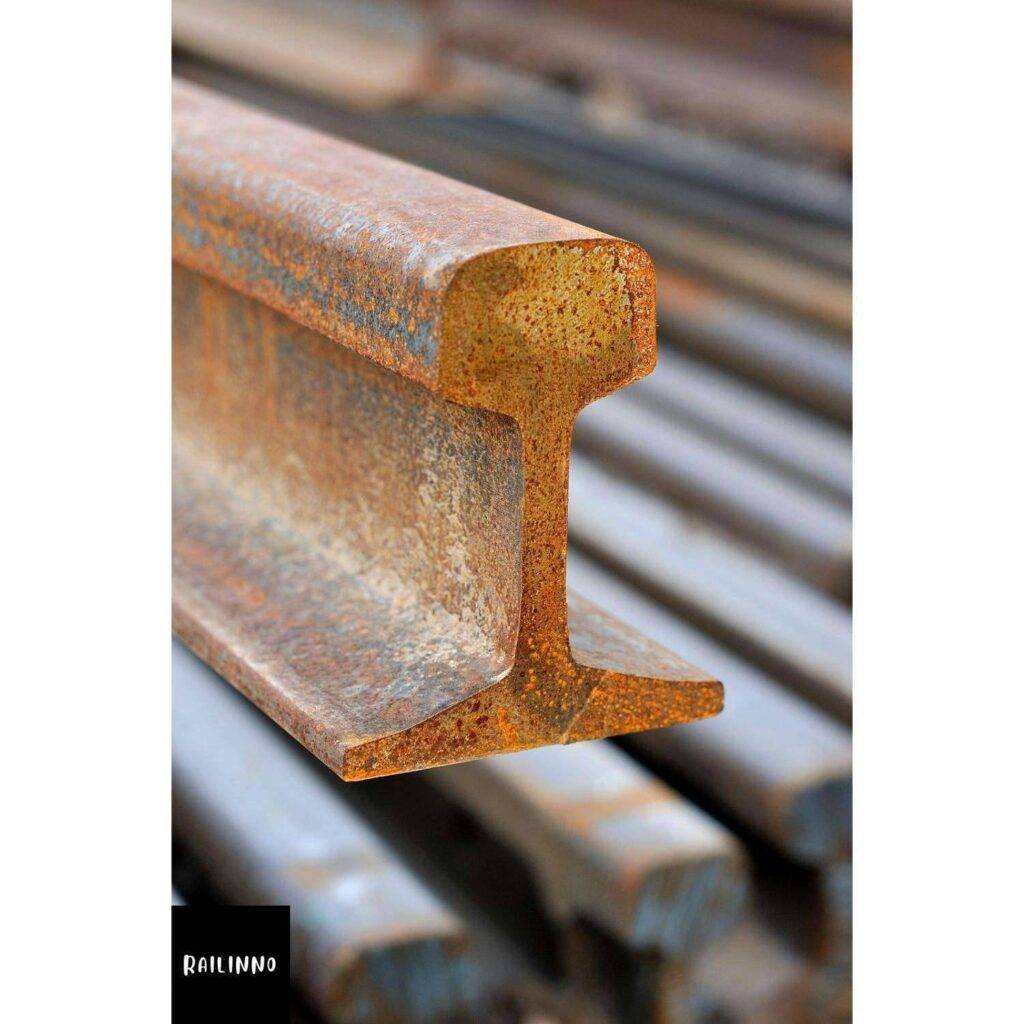
10. Flat-footed rails
Flat-footed rails, also known as bullhead rails, were once a common Rail shapes or type of railway rail. However, they are no longer used for new construction and are mainly found on heritage railways and museum exhibits. These rails have a distinctive ‘bulge’ on the top of the railhead, giving them their bullhead name. They were used extensively in the UK until the 1960s and are still used in some countries.
Flat-footed rails are so named because their base is flat and does not require any special pad or sleeper. This was because they were originally laid directly onto stone blocks, known as ‘stone blocks and chairs’. The stone blocks would support the weight of the rail and train, and the chairs would keep the rail in place. Flat-footed rails were typically made from wrought iron and were very heavy.
11. T-rails
T-rails are a Rail shapes/type of railway rail that is shaped like a T when viewed from the end. They are commonly used in heavy-duty applications, such as in crane rail tracks or in mining operations. T-rails are designed to provide high strength and durability, and they are often made from high-strength materials like alloy steels. T-rails are similar to girder rails in that they have a thicker web than standard railway rails, providing additional strength. They also have a flange on one side of the rail, which provides lateral support and helps to prevent the rail from bending or twisting under heavy loads. T-rails are typically bolted directly to the rail ties or sleepers, rather than being mounted on top of them.
12. Guard rails
Guard rails, also known as guide rails, are used to prevent trains from derailing or leaving the track. They are typically made from heavy steel or concrete and are installed at strategic locations along the track, such as at curves, bridges, and steep inclines. Guard rails are designed to absorb the energy of a train that has derailed, helping to prevent damage to the train and surrounding infrastructure. Guard rails are typically installed parallel to the track and are bolted directly to the rail ties or sleepers. They are often coated with a special paint or coating to help protect them from the elements and prevent rust and corrosion.
13. Ribbon rails
Ribbon rails are kind of Rail shapes/type of rail that is designed to be very lightweight and portable. They are typically used in temporary or emergency situations, such as in disaster relief efforts or military operations. Ribbon rails are made from lightweight materials like aluminum or plastic, and are designed to be quickly and easily assembled and disassembled. Ribbon rails are typically laid directly on the ground or other flat surface, and are not typically bolted or anchored in place. Instead, they rely on their own weight and the weight of passing trains to keep them in place.
14. Monorail tracks
Monorail tracks are a type of rail system that uses a single rail to support and guide the train. They are commonly used in theme parks and other amusement attractions, as well as in some industrial applications. Monorail tracks are typically made from steel or other high-strength materials and are designed to provide high load-bearing capacity and durability. Monorail tracks can be either elevated or ground-level, depending on the specific application. They are often bolted directly to concrete supports or other structural elements and are typically coated with a special paint or coating to help protect them from the elements and prevent rust and corrosion.
15. Conclusion
As you can see, there are many different types of rails with different Rail shapes, each designed for specific applications and environments. From standard railway rails to specialized tramway and mine rails, each Rail shapes or type of rail has its own unique characteristics and uses. By understanding the different types of rails available, engineers and designers can choose the right Rail shapes/type of rail for their project and ensure that it performs as intended.
Rails are a critical component of the world’s transportation infrastructure. They allow trains to transport goods and people efficiently over long distances, connecting cities and countries. There are many different Rail shapes and types of rails, each with their own unique shape, material, and application. Understanding the different types of rails is essential for anyone involved in the rail industry, from designers and engineers to maintenance crews and operators.
In this article, we’ve explored some of the most common Rail shapes and types of rails, including vignole rails, crane rails, check rails, grooved rails, flat-footed rails, and tramway rails. We’ve looked at rail shapes, materials, and typical applications, providing a brief overview of each type. While there are many more Rail shapes and types of rails out there, this article should give you a good starting point for further research.
Whether you’re a rail enthusiast, a student of engineering, or a professional in the rail industry, we hope that this article has been informative and helpful. Rails may seem like a small and often overlooked part of the transportation system, but they play a critical role in keeping our world moving.
More Articles
Categories

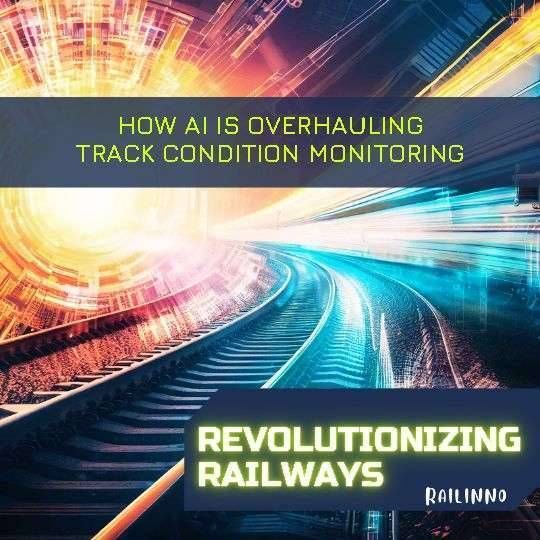

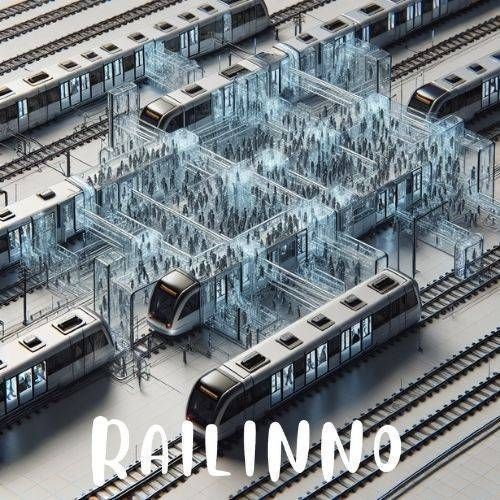


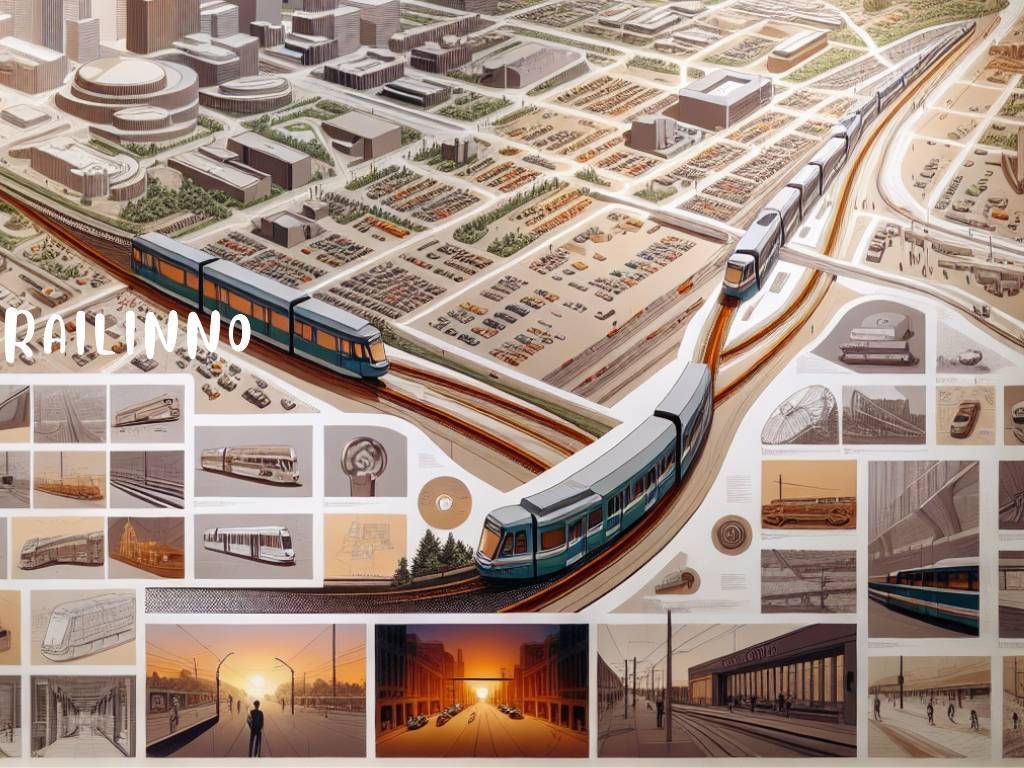
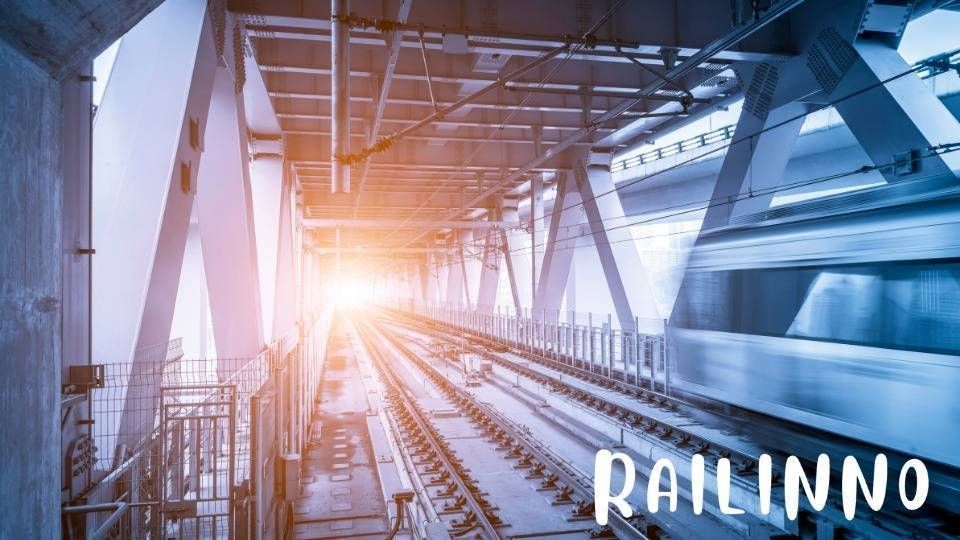
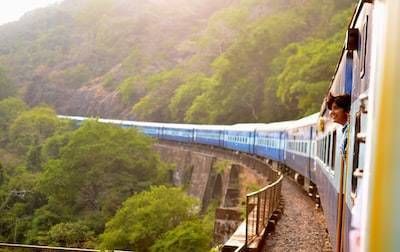
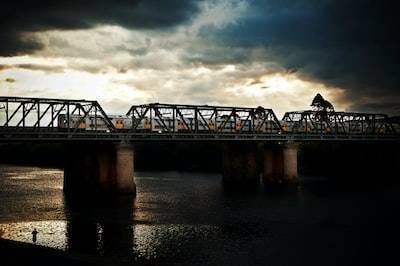
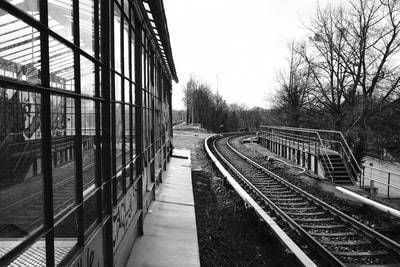
Leave a Reply